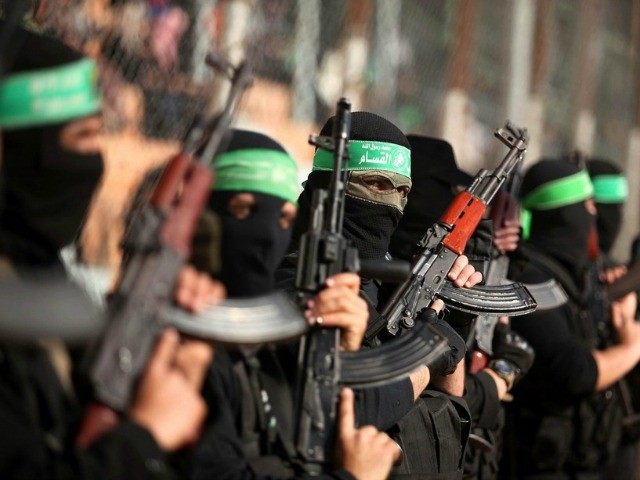The intellectual elites at the New York Times Editorial Board have weighed in on what should happen “Beyond the Iran Nuclear Deal,” when President Obama is finished securing a nuclear deal with the Ayatollah’s theocratic regime in Tehran.
The op-ed suggests that President Obama should seize the opportunity during this week’s Camp David summit for Arab leaders—which most Gulf heads of state declined to attend—to assure them that a nuclear deal with Iran “is not a threat but an opportunity for regional stability.”
“An Iran restrained by a strong and verifiable nuclear agreement is a lot less threatening than an unfettered Iran,” explains the Times.
But “Mr. Obama’s answer is a bit more complicated” when it comes to explaining how the nuclear deal will do nothing to curb Iran’s support of Hamas, Hezbollah, the overtly anti-American and anti-Semitic Houthi insurgents in Yemen, and other radical jihadist groups worldwide, admits the Editorial Board.
To abolish such concerns, President Obama should suggest a bold new plan for Middle East peace, remarks the elites at the “newspaper of record.”
Don’t worry, the New York Times Editorial Board has a solution: the Gulf Arabs, Israelis, and Iran should come together for the greater good, and “embark on new regional ventures,” such as defeating climate change, they explain.
Yes, climate change.
Although the Middle East’s Sunnis and Shiites have now been engaged in de facto holy war for around 1400 years, climate change—among other things, such as partnerships to combat water scarcity, and pledges to advance non-proliferation efforts—will offer the route to peace, the New York Times Editorial Board is convinced.
But even if the proposed Arab-Israel-Iran partnership for climate activism is put into action, it remains unclear how much of the Sunni-majority Islamic world would survive if implemented.
All of the Gulf economies rely upon oil revenues—which come from a resource that is devastating to our climate, say climate change activists—to stay afloat. But for the oil deposits beneath their feet, coupled with western innovation, the Gulf States may in 2015 look far different than today. The economies of Yemen, Oman, Kuwait, Saudi Arabia, Bahrain, the UAE, and Qatar all share one primary driver: oil.
And about that whole Syrian civil war thing, which has now killed over 300,000 people, the Times has a solution for that, too. Once the ink has dried on the nuclear deal with the Iranian terror regime, Mr. Obama can “encourage Iran to play a more constructive role in Syria.” Iran has provided millions of dollars in aid and when needed, military support to the Bashar al-Assad regime, which has been accused of mass-murdering children and using chemical weapons to slaughter its own citizens.

COMMENTS
Please let us know if you're having issues with commenting.